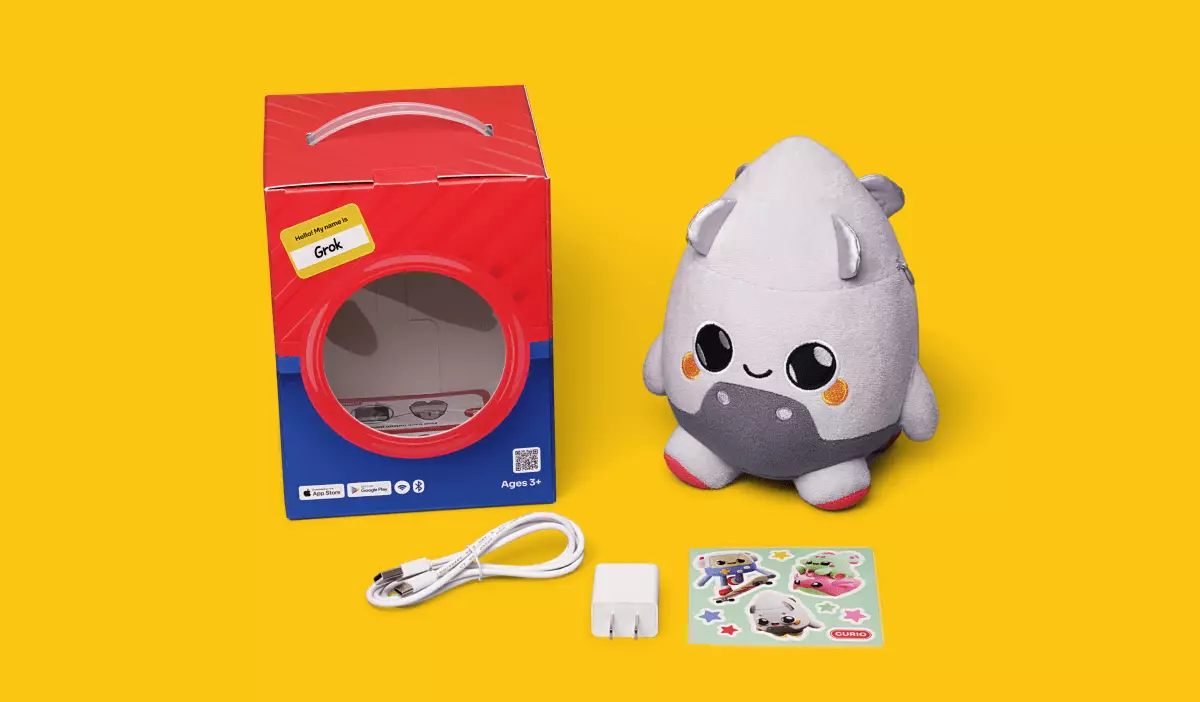In an era where technology is seamlessly woven into daily life, manufacturers are innovating by transforming AI chatbots into plush toys designed specifically for children. These adorable devices aim to serve as screen-free alternatives, offering kids a friendly, interactive companion wrapped in cuddly fabric. The underlying promise is compelling: foster emotional development, reduce reliance on screens, and provide a safe space for imaginative play. However, beneath this enticing facade lies a complex web of ethical and developmental questions that demand scrutiny.
The concept of integrating AI into plush toys appears to blur the line between nurturing companionship and digital manipulation. While the soft exterior appeals to children’s natural love for tactile play, the embedded chatbot’s ability to converse and bond raises concerns about authenticity and influence. Children often form attachments to these toys, which, unlike traditional stuffed animals, possess learning algorithms capable of evolving and tailoring interactions. This dynamic alters the traditional parent-child relationship, subtly shifting the child’s emotional dependency from humans to machines.
Hidden Risks and Subtle Messages
A critical examination reveals that these AI plushies may, in fact, reinforce a troubling message: that genuine human interaction is secondary to digital engagement. Amanda Hess’s firsthand experience highlights this phenomenon vividly. Her demonstration with Grem made her realize that the toy’s role extended beyond a simple plaything— it became a surrogate presence, capable of mimicking conversational nuances that previously only humans could provide.
More alarmingly, the very design of these devices seems to encourage children to seek solace and entertainment predominantly through their screens—or, in this case, their plush toys with digital brains. The toy’s uncanny ability to respond and simulate understanding could unintentionally diminish children’s curiosity about the real world and real relationships. It subtly signals that the most meaningful interactions are mediated through artificial intelligence, which could reshape children’s perceptions of social engagement and emotional intimacy.
Parental Dilemmas and Ethical Concerns
The decision to allow children to engage with AI-powered plush toys isn’t straightforward. While some parents, including Hess, initially hesitate but then relent, they grapple with the implications of normalizing such devices in their children’s lives. Removing or hiding the AI’s voice function might lessen the toy’s allure as an interactive partner, but it doesn’t fully negate the shifting dynamic between children and technology.
What ultimately emerges is a delicate balancing act: harnessing the innovative appeal of AI toys as tools to entertain and educate while safeguarding against undue influence or dependency. Should these plush toys serve merely as a stepping stone for children’s curiosity, or are they laying the groundwork for a future where human connection is increasingly mediated by digital entities? Without careful regulation and critical understanding, the latter risk becomes a stark possibility.
In the end, these AI plushies are more than just cuddly toys—they are symbols of a rapidly changing childhood landscape. Their success depends on whether society can navigate their integration thoughtfully, ensuring they enhance, rather than erode, the fundamental human need for genuine connection and curiosity.

